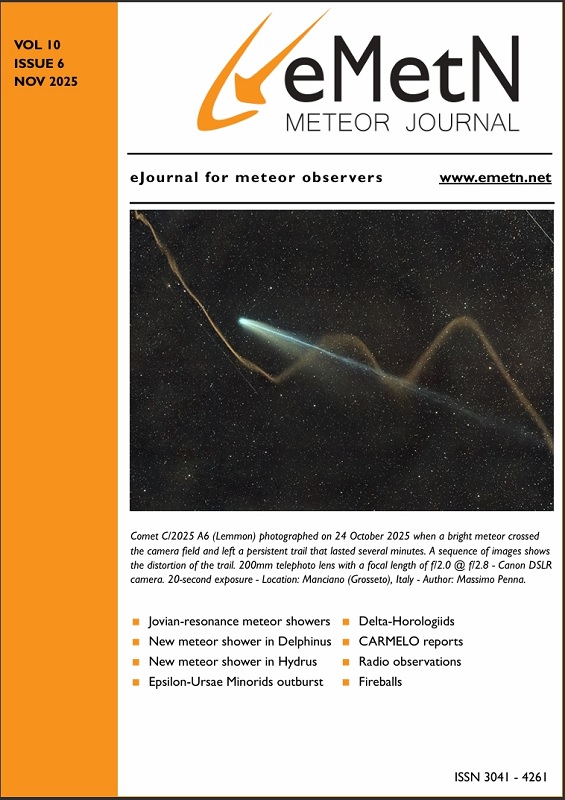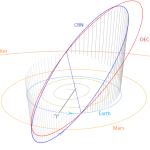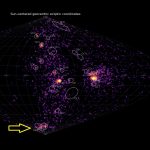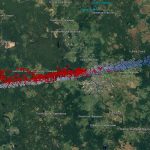Meteor Activity Outlook for 23-29 April 2022
During this period, the moon reaches its last quarter phase on Saturday April 23rd. On that morning the half-illuminated moon will rise between 3:00 and 4:00 local summer time (LST) and will interfere with morning meteor observations the remainder of the night. As the week progresses, the moon becomes less of a factor as its phase wanes and it rises closer to dawn.
Read More





